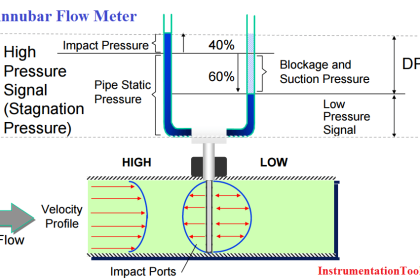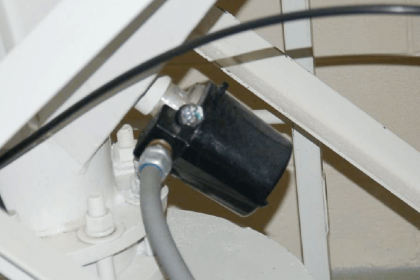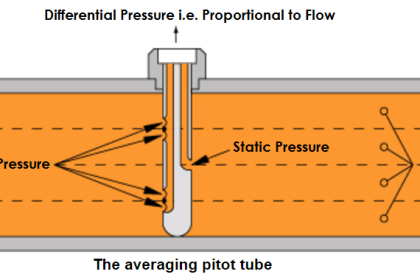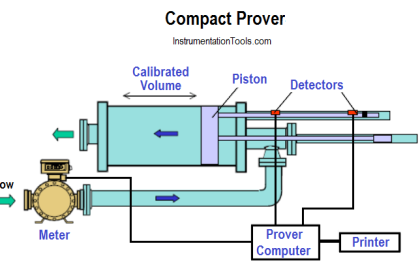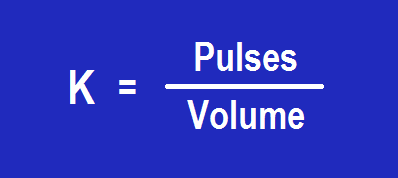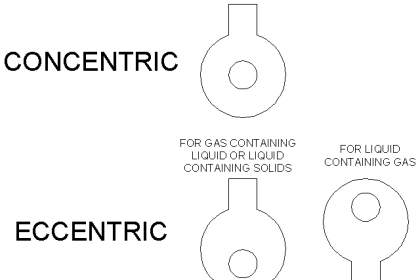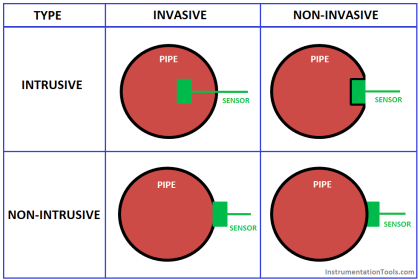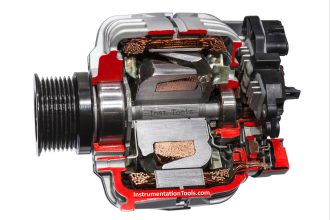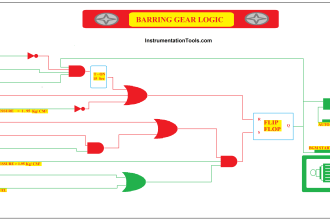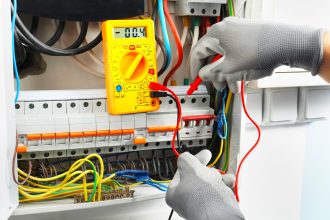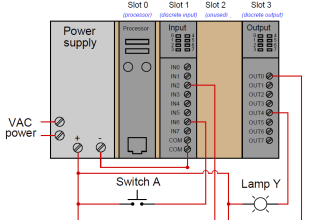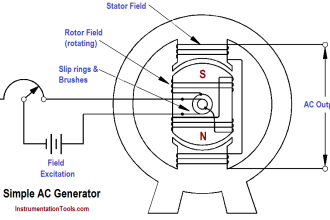The thermal dispersion flow switch is a precise flow-sensing device for liquids. The principle of operation is based on heat transfer.
Thermal Dispersion Flow Switch
Based on the principle of heat transfer, the thermal dispersion flow switch consists of two temperature sensors. One temperature sensor is the reference and measures the temperature of the fluid where the thermal dispersion flow switch probe is immersed.
The second temperature sensor is placed near a heating element. As flow flows. there will be a temperature difference between the two temperature sensors.
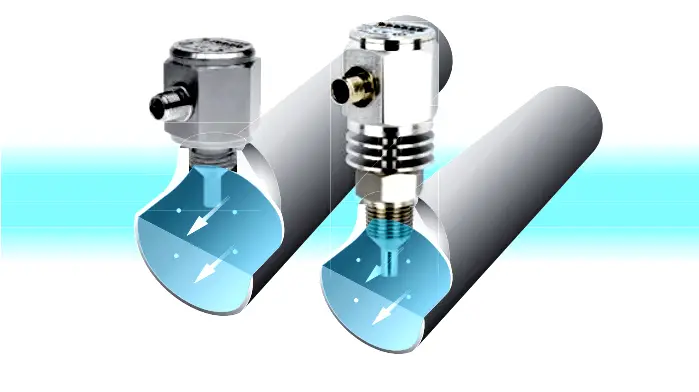
Working Principle
As the flow rate of the fluid increases there is a cooling effect due to the fluid moving past the heated sensor. The more flow, the more the cooling.
A reduction in temperature difference between the two temperature sensors indicates that the flow rate exceeds the user-adjustable set point. When the flow rate drops there is less cooling, which causes an increase in the temperature difference.
When liquid is flowing, there is a temperature difference between the two sensors. The temperature difference has an inverse relationship with the flow velocity (fast-flowing liquids will result in greater heat differences and vice versa) and the same is used to detect flow. Since the device contains no moving parts, has no wear and tear, and maintains a long lifespan.
Reference: FineTek
If you liked this article, then please subscribe to our YouTube Channel for Instrumentation, Electrical, PLC, and SCADA video tutorials.
You can also follow us on Facebook and Twitter to receive daily updates.
Read Next:
- What is a Thermal Flow Meter?
- Flow Control Loop Controller
- Why Flow Directly Proportional
- InLine Flow Switch Animation
- Rotary Flow Meter Principle
